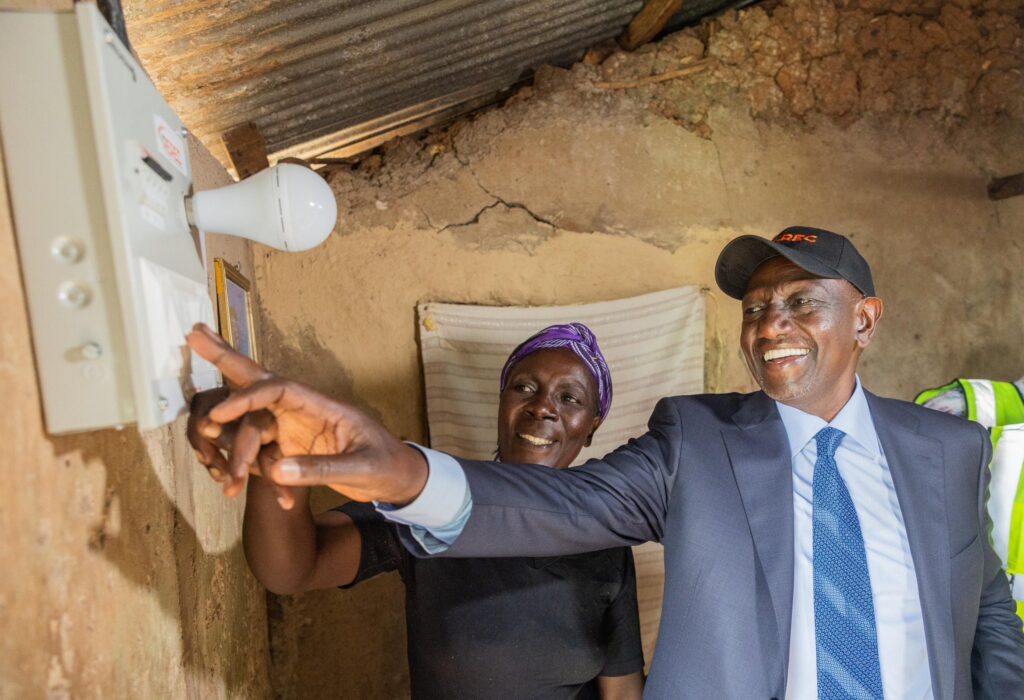Kenya Power’s recent announcement of a KSh1 billion investment to enhance electricity infrastructure in Western Kenya marks a significant milestone in the region’s development. This initiative, covering both completed and ongoing projects across 11 counties, including Kisumu, Homa Bay, Migori, Kisii, Nyamira, Siaya, Vihiga, Busia, Kericho, Bomet, and Kakamega, is set to bring substantial socioeconomic and political benefits to the residents of these areas.
Reliable electricity is a cornerstone of economic growth, and the expanded power infrastructure will support existing industries while attracting new investments in manufacturing and other sectors. The completion of the Narok-Bomet 33kV link, established at a cost of KSh700 million, is expected to improve power reliability in South Nyanza and Western regions, ensuring uninterrupted industrial operations. This stability will encourage businesses to expand, create jobs, and boost the local economy.
For households, access to consistent electricity will lead to an improved quality of life. Better lighting, enhanced security, and the ability to use electrical appliances will transform daily living conditions. The ongoing construction of the Kibos-Miwani-Ahero and Kisian-Luanda 33kV links, implemented at a cost of KSh189 million, aims to strengthen power reliability in Kisumu South and parts of Vihiga and Siaya counties. Reliable power will also benefit education, as students will be able to study without interruptions, and healthcare facilities will function more efficiently, ensuring better medical services.

Agriculture, the backbone of Western Kenya’s economy, stands to gain significantly from this investment. With a stable electricity supply, farmers can adopt modern techniques such as irrigation, refrigeration, and mechanized processing, leading to higher productivity and increased income. The enhanced power capacity will also support agro-processing industries, allowing farmers to add value to their produce and access broader markets.
Beyond economic growth, this investment has notable political implications. It aligns with President William Ruto’s commitment to providing affordable and reliable electricity to all Kenyans. During a recent tour in Western Kenya, the President launched the Last Mile Electricity Connectivity Project in Shinyalu, Kakamega County, a plan expected to connect over 35,000 households to the grid. He emphasized that every household, regardless of its type, would receive electricity connections at no cost, reinforcing the government’s dedication to equitable development. By addressing infrastructure needs, the government builds trust and goodwill among citizens, potentially leading to increased political stability and support for future initiatives.
Furthermore, investing in Western Kenya’s power infrastructure helps bridge historical development gaps, fostering regional integration. For years, the region has lagged behind in infrastructure projects, and this investment signals a shift towards a more balanced national development agenda. Ensuring that all regions benefit from the country’s economic growth promotes a sense of national unity and inclusivity.
Kenya Power’s commitment to improving electricity reliability in Western Kenya represents a transformative step toward socioeconomic progress and political inclusivity. As these projects reach completion, they will provide a foundation for sustained economic expansion, enhanced living standards, and a more integrated and developed region. The people of Western Kenya can look forward to a future of increased opportunity and prosperity.






